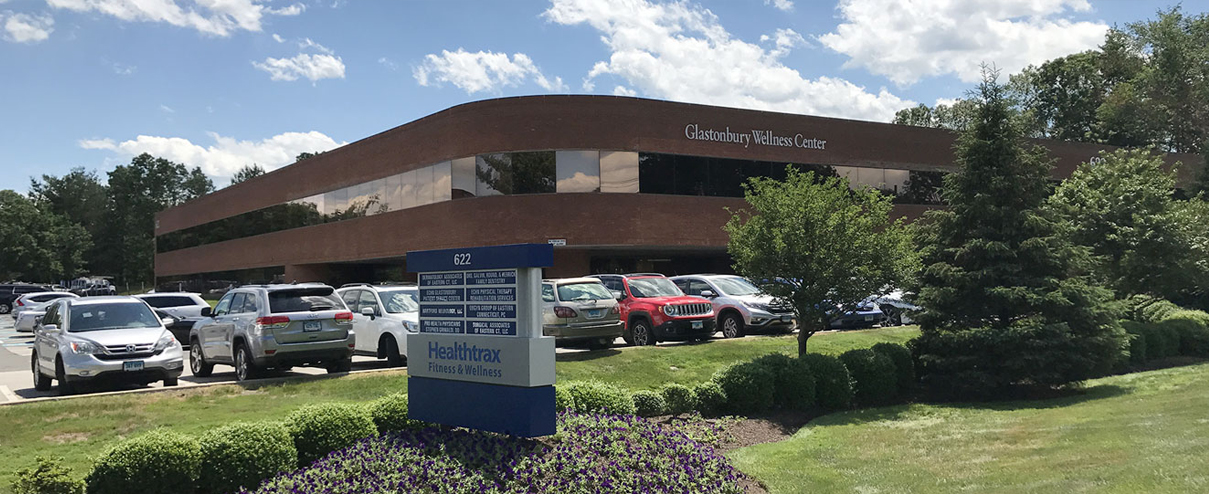Everybody loves a bright white smile, and there are a variety of products and procedures available to help you improve the look of yours.
Many people are satisfied with the sparkle they get from brushing twice daily with fluoride toothpaste, flossing once a day, and regular cleanings at the dentist's office. However, if you decide you would like to go beyond regular care to make your smile look brighter, you should investigate all of your options.
Finding the Best Treatment for You
Schedule a visit with Herrick Family Dentistry to learn whether whitening procedures would be effective for you. Whiteners do not correct all types of discoloration. For example, yellowish teeth will probably bleach well, brownish teeth may bleach less well, and grayish teeth may not bleach well at all. Likewise, whitening may not enhance your smile if you have had tooth-colored fillings or crowns. The whitener will not affect the color of these materials and they will stand out in your newly whitened smile. In these cases, you do have other options, such as porcelain veneers.
Tooth Whitening Treatments
- Professional teeth whitening with your doctor Opalescence BOOST
- Opalescence At-home whitening systems
- Whitening toothpaste
When selecting a whitener or any dental product, be sure to look for the ADA Seal of Acceptance — your assurance that a product has met ADA standards of safety and effectiveness.
Whitening Toothpaste
All toothpastes help remove surface stain from your teeth through the action of mild abrasives. "Whitening" toothpastes in the ADA Seal of Acceptance program have special chemical or polishing agents that provide additional stain removal effectiveness. Unlike bleaches, these ADA Accepted products do not alter the intrinsic color of teeth.
The darker tissue of your teeth, the dentin, can become exposed as the outer layer of enamel is worn away by the effects of aging or things like caffeine and tobacco.
Food particles are naturally attracted to a tooth's enamel by a certain protein. Products like coffee and tea, berries and soy sauce are notorious for staining teeth. Over time, teeth actually become more absorbent and vulnerable to staining from food and other substances.
One type of stain—caused by traumatic injuries, medications and fluorosis—actually begins inside the tooth; brushing and flossing don’t help. Another type of stain—one that can be more easily attacked by brushing, flossing and rinsing—is caused by external factors such as foods.
More and more people today are choosing tooth-whitening procedures to reverse the effects of aging and abuse from food and tobacco stains.
Some commercially available "whitening toothpastes" can be somewhat effective at removing stains and making teeth a few shades brighter. However, many of these products have abrasive substances that can actually wear away your tooth's enamel.
Teeth whitening agents actually change the color of your teeth, but only are effective on certain types of stains. For example, bleaching agents have a difficult time removing brownish or grayish stains. These products also are not as effective on pitted or badly discolored teeth, or on restorations such as crowns, bridges, bonding, and tooth-colored fillings (porcelain veneers or dental bonding may be more appropriate in this case).
Professional teeth whitening performed by our office is considered to be the most effective and safest method; done properly, tooth whitening can last as long as five years. Over-the-counter whitening systems are somewhat effective as long as they are monitored and directions followed closely.


